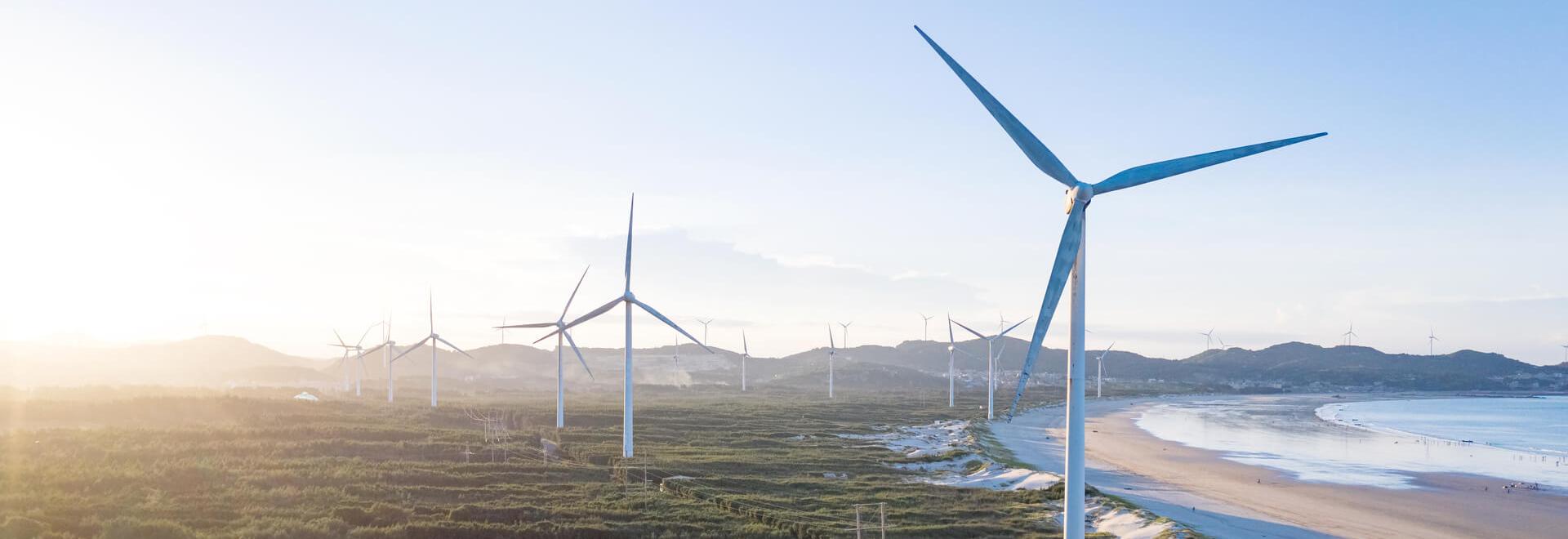In accordance with the EU General Data Protection Regulation (GDPR), we are committed to protecting your personal data and giving you control over it. By clicking "Accept All", you consent to our use of cookies to enhance your browsing experience, analyze website performance, and deliver targeted advertising. You can manage your cookie preferences below.
According to the Water Risk Atlas developed by the World Resources Institute, our company is located in a low to medium water risk area. We primarily rely on groundwater as our main water source, with tap water serving as a backup. Tap water is only used when the groundwater supply equipment malfunctions. Given the factory's high water consumption, using tap water could impact the water supply of downstream residents. Therefore, our company prioritizes the use of groundwater. If we must use tap water, we will reduce water consumption or use it during off-peak hours to minimize the impact on residential water supply.
In 2022, due to a sharp decline in latex production, which is approximately half water, our water consumption decreased.
|
Year |
2020 |
2021 |
2022 |
|---|---|---|---|
|
Water intake (million liters) |
150.65 |
161.98 |
115.68 |
|
Wastewater discharge (million liters) |
47.73 |
48.84 |
45.89 |
|
Water consumption (million liters) |
102.92 |
113.14 |
69.79 |
|
Internal water reuse (million liters) |
3.33 |
1.11 |
1.40 |
|
Water recovery rate (%) |
2.16 |
0.68 |
1.19 |
|
Organization-specific metric (unit) |
Production(ton) |
Production(ton) |
Production(ton) |
|
Value of organization-specific metric |
52,535.00 |
58,980.32 |
35,992.80 |
|
Water intensity |
0.00286 |
0.00274 |
0.00321 |
|
備註:
|
|||
Our company is deeply committed to environmental protection and strives to minimize our environmental impact throughout the production process. In terms of wastewater management, we have implemented strict regulations, strengthened COD testing and effluent management, and increased water recycling to reduce discharge volume, ensuring compliance with local government environmental protection standards and chemical industry effluent standards.
(Note: Most factories rely on less efficient and cost-effective adsorption or scrubbing equipment for air pollution control. However, our factory uses expensive but highly efficient RTO equipment. Regarding energy acquisition, we have replaced heavy oil and diesel with higher-cost LPG gas boilers to reduce air pollution emissions._
By installing storage tanks for wastewater recycling and adding recycled water pipelines for washing equipment, we have reduced both water consumption and wastewater generation. As a result of our continuous efforts, wastewater discharge decreased by 1,113 cubic meters in 2022 compared to 2021.
|
Wastewater Discharge(m³) |
||
|---|---|---|
|
2020 |
2021 |
2022 |
|
45,885 |
48,841 |
47,728 |
|
Inspection item |
2020 |
2021 |
2022 |
|||
|---|---|---|---|---|---|---|
|
Effluent discharge standard(ppm) |
Annual average monitoring value(ppm) |
Effluent discharge standard(ppm) |
Annual average monitoring value(ppm) |
Effluent discharge standard(ppm) |
Annual average monitoring value(ppm) |
|
|
COD |
100 |
60 |
100 |
50 |
100 |
50 |
|
SS |
30 |
3 |
30 |
5 |
30 |
7 |








